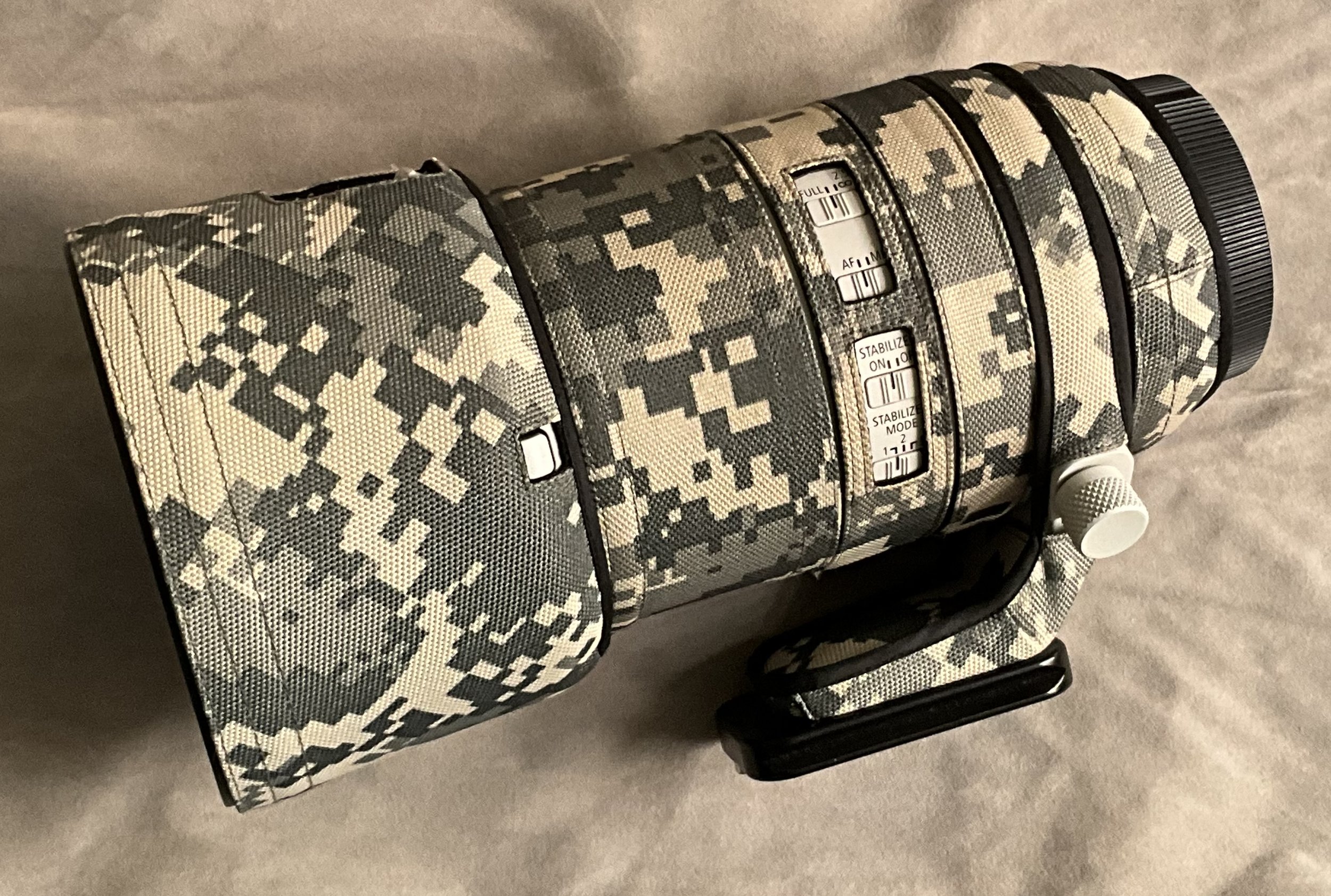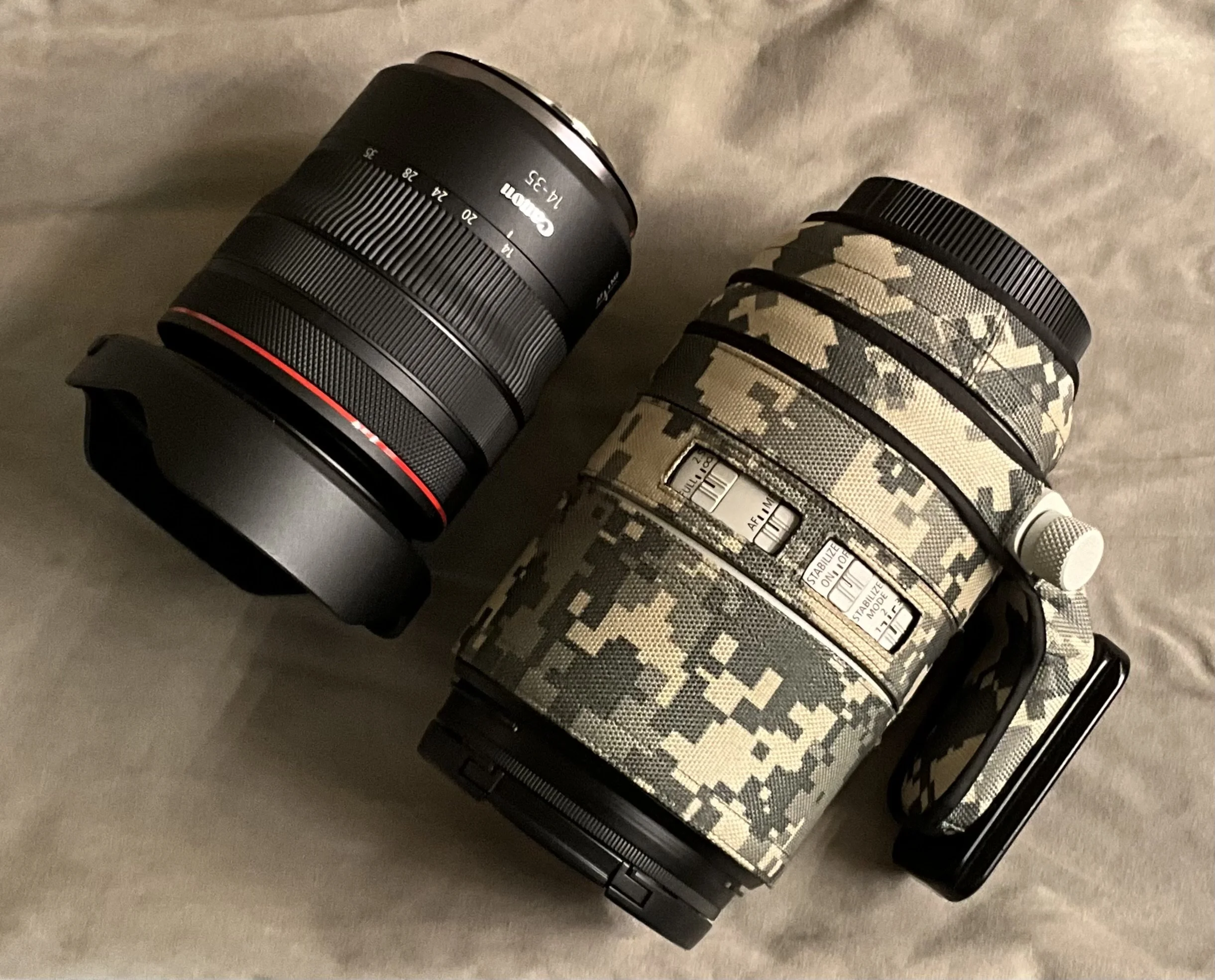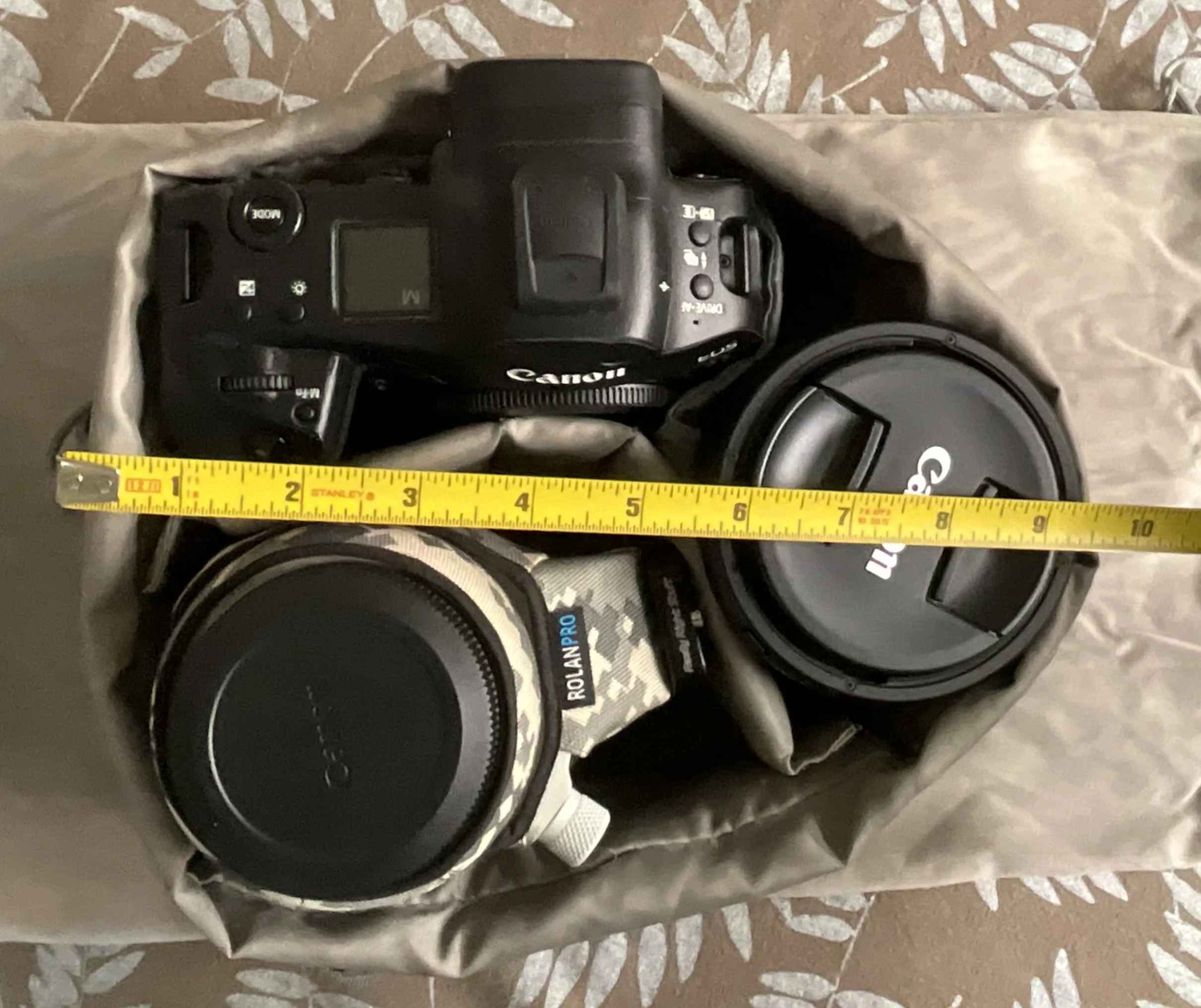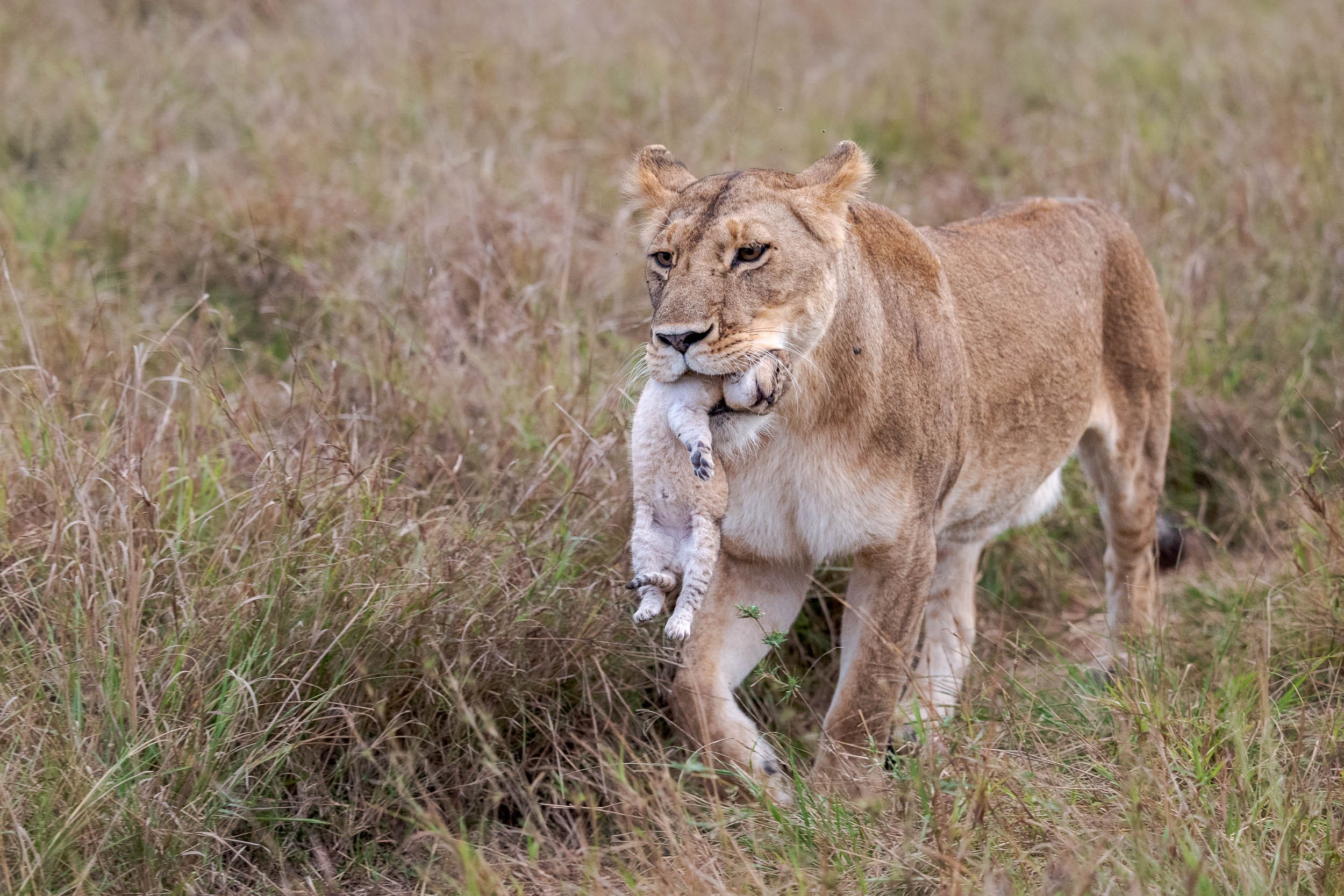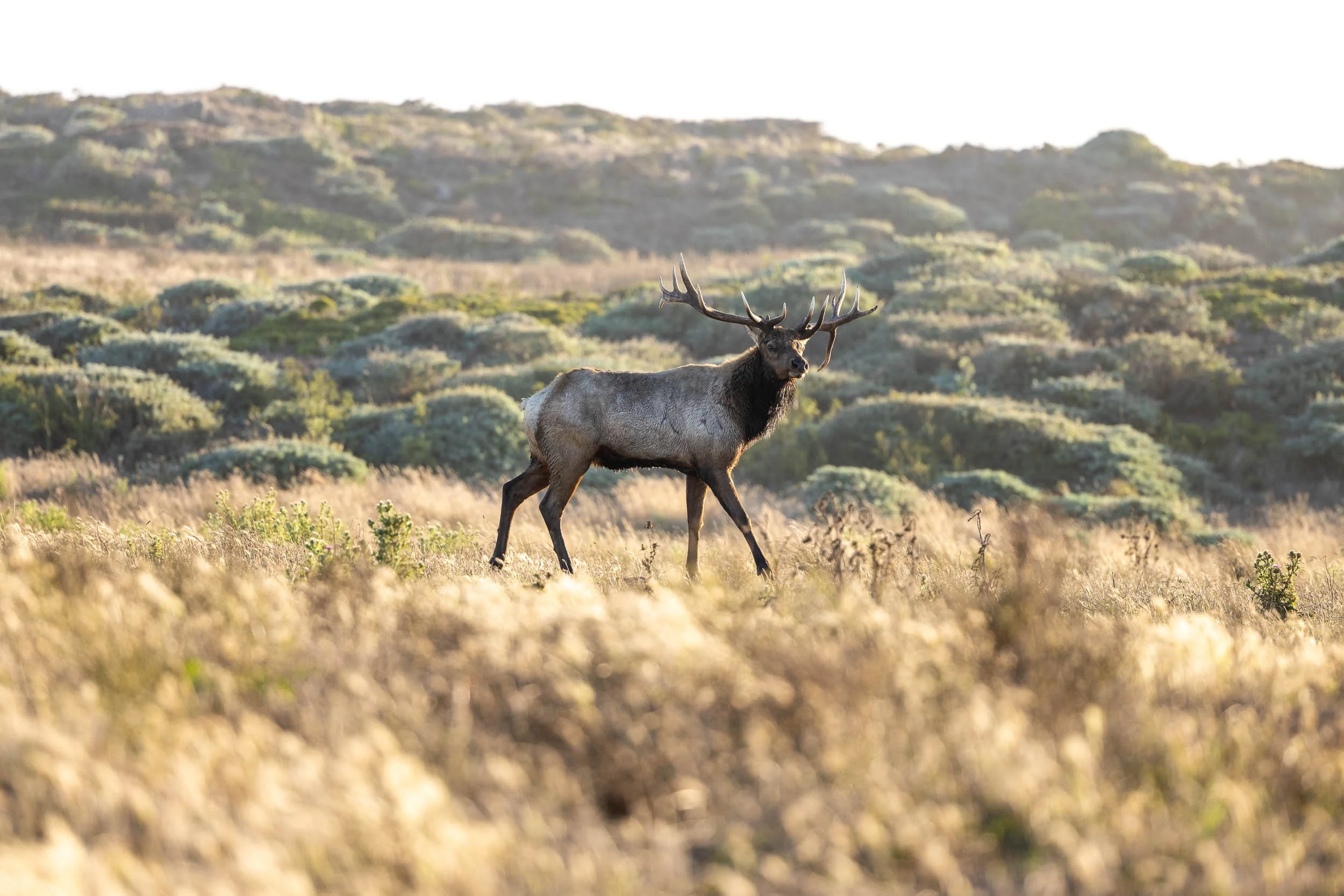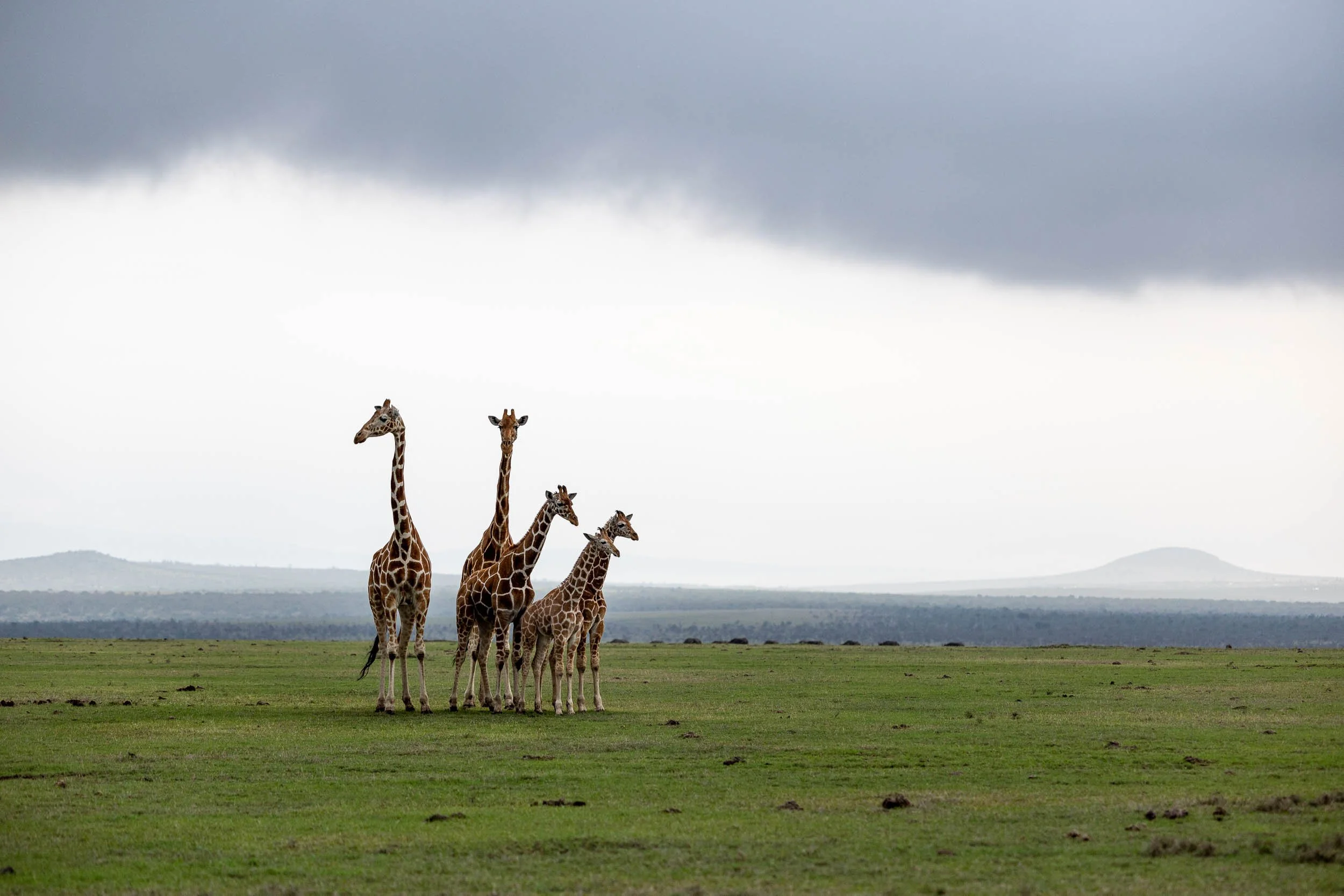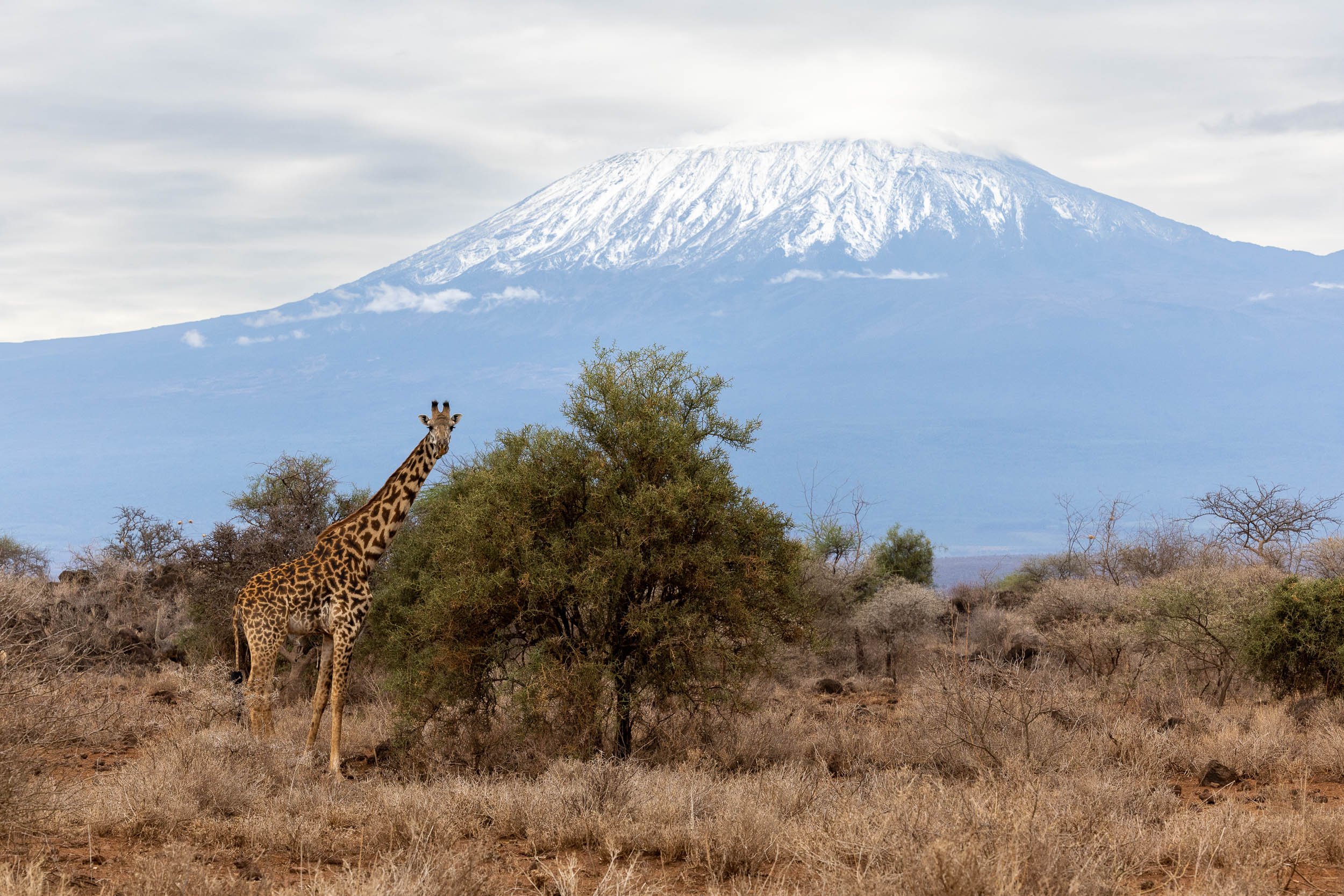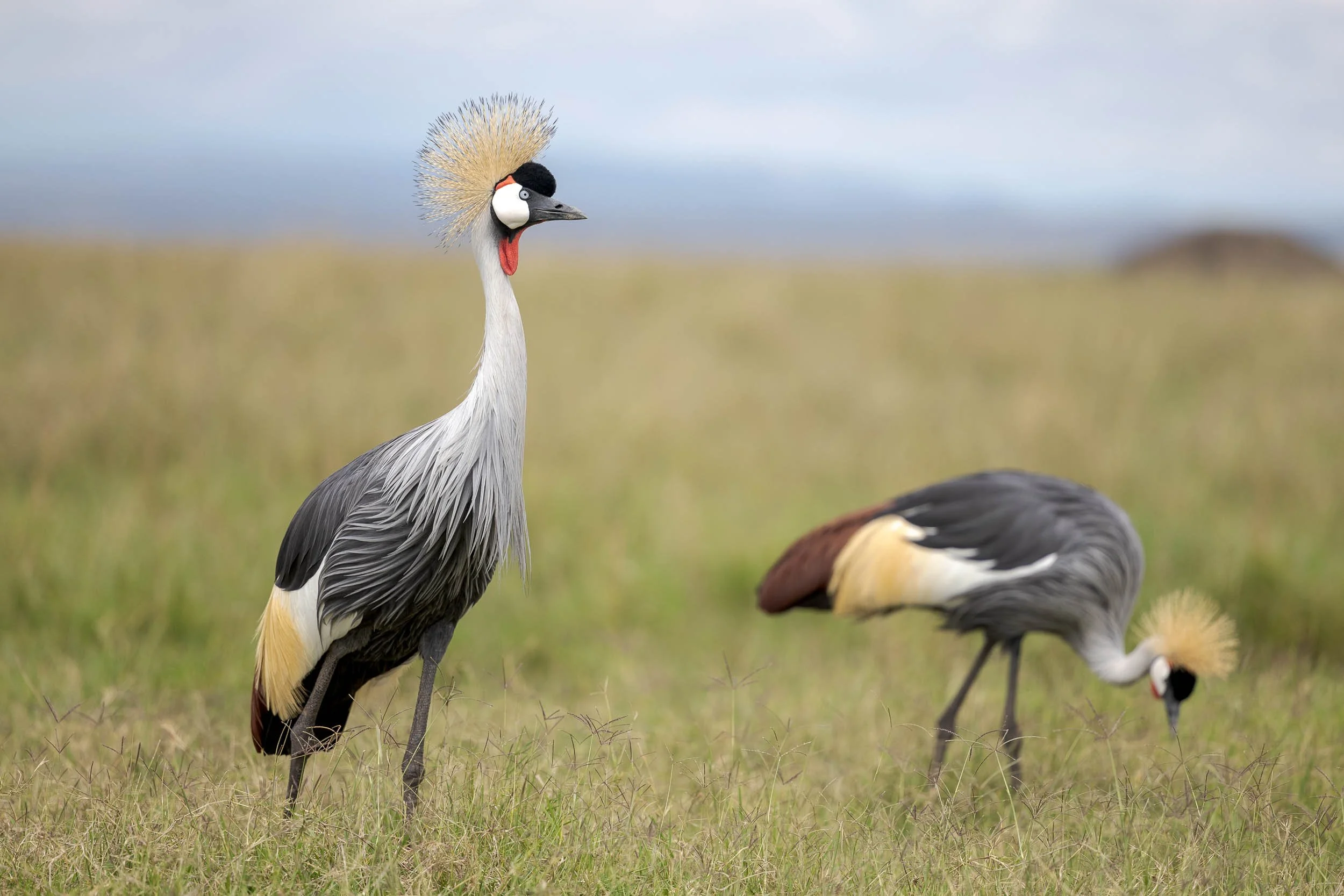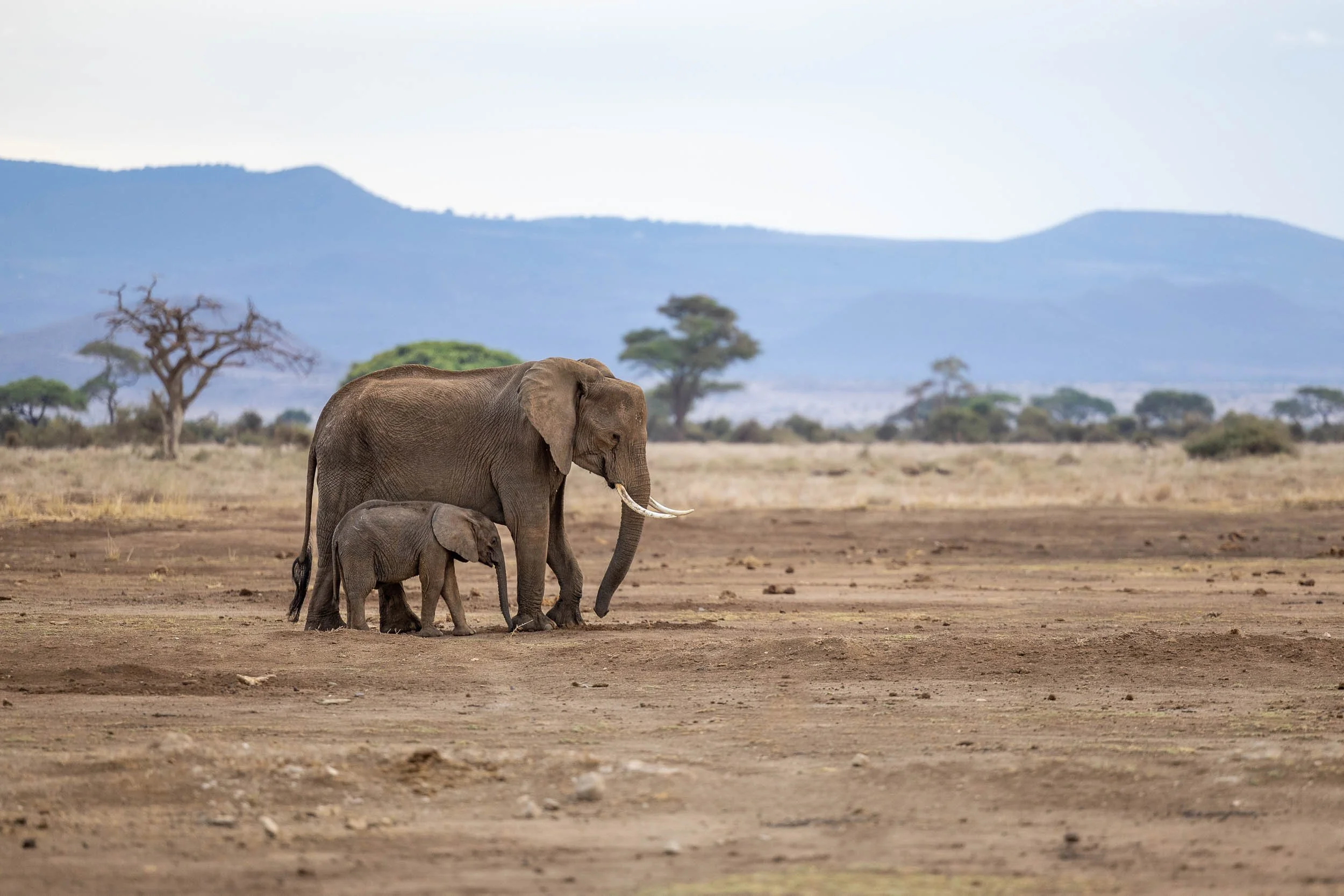Review of the Canon 70-200 RF F/2.8 - A Stunner for Wildlife Photography
Canon R3 with the 70-200 RF F/2.8
While for a lot of people the 70-200/2.8 focal length may not be the first to come to mind for capturing wildlife, there are a lot of benefits to using this type of lens. Most 70-200/2.8’s are incredibly sharp, focus very quickly and accurately, and have great overall image quality. A 70-200 lens does not provide a lot of reach, but with the F/2.8 aperture, it does have the ability isolate subjects and incorporate more of the background for environmental-type shots. Depending on the situation, wildlife might also be closer than expected, so I’ve found it can be great having this versatile zoom on hand.
While I love the ability of a super telephoto lens to obliterate the background and create stunning animal portraits, over the years I’ve become increasingly interested in small-in-frame photos that show animals amongst sweeping landscapes, which can sometimes tell interesting stories about the place where animals are found and the conditions they must deal with during their lives. Perhaps what I also find intriguing is the additional challenge of identifying moments where both the subject and the environment have similar or equal importance, and capturing them both at the right time is essential. I also like that these types of images give no doubt that I’m looking at a wild animal in its environment as opposed to a captive animal, and indeed some of the photographers I find most inspiring focus on this type of work.
Size and weight
Historically, 70-200/2.8’s were hefty lenses, and just as heavy as larger super telephoto lenses like a 100-400mm. For me, this sometimes made it hard to justify bringing it along. The Canon 70-200/2.8 RF turned this on its head, offering the lightest and most compact (when the tripod collar is removed) full-frame 70-200/2.8 lens on the market. I find this lens fits comfortably in a small camera pouch stored upright like all of the other lenses in the kit (e.g., 24-70,14-35 etc.). This can be easily dropped into a backpack for a no-fuss carry solution. I no longer have to second guess whether or not to bring this lens along.
70-200 RF F/2.8 with RolanPro dust Cover
70-200 RF F/2.8 next to the 14-35 RF F/4
70-200 RF/F2.8 (stored upright), Canon R3, 14-35
A great landscape kit in a tiny satchel that will fit in any backpack
Focusing
On both the R7 and R3, the 70-200/2.8 RF focuses incredibly fast, probably one of the fastest focusing lenses I have ever used. Not only did it focus fast on both bodies, focus accuracy was high throughout my testing. Many of the animals in this post were moving or briefly pausing, and the 70-200/RF F/2.8 made it effortless to capture that exact moment I wanted to.
OIS and Low Light Conditions
I find this lens is rock-stable on the R3 and R7, easily getting sharp, repeatable shots down to 1/20th of a second handheld (#insane). This type of lens is also an extraordinary performer in low-light conditions. With the extreme low-light capabilities and OIS of the lens used with the R3, there is practically zero worry about noise. The following images of the elk were shot during twilight hours and turned out nicely without excessive noise, and plenty of resolution to crop without sacrificing a print-worthy image.
Tule elk, Canon R7 and 70-200 RF F/2.8
The initial image could be framed a little tighter, but the lens affords excellent sharpness and resolution providing excellent cropping ability (see below).
Canon R7 and 70-200/2.8 RF
Closeup crop of the above image
Image quality
In the image quality department, to my eyes the 70-200/2.8 RF is a stunner. I’m seeing excellent sharpness across the frame, minimal vignetting, and great looking out of focus areas with the lens. Simply nail the focus (which the Canon bodies excel at) and be rewarded with images that show outstanding amounts of detail and life-like quality.
Canon R3 70-200/RF F/2.8
A tower of giraffe in Kenya. There was really no way a super telephoto would have done justice to this scene, in my opinion - the isolation of this group amongst the scenery meant everything to me.
Canon RF 70-200/2.8 and R3
A Thompson’s gazelle posing for the camera
Most of the images from this thread are from a recent trip to Kenya. While the R3 and 70-200/2.8 RF was secondary to a super telephoto rig I was using (OM-1 with the 150-400), I found I was almost never disappointed with the results out of this kit. This is one of those lenses that (to me) has a special quality about it that doesn’t show up in any spec sheet or test chart.
Water buffalo, R3 and 70-200 RF/2.8
In summary, I find the 70-200 RF/2.8 indispensable for some of the images I like to capture. If you like to capture small details like tiny song birds (or bird feathers), it may not be the best choice. I find those types of shots beautiful too, but I really enjoy what a 70-200/2.8 can do for the wildlife photographer under the right circumstances.
Pros
Compact size means it can fit upright in camera bags
Lighter than some 70-200 F/4’s used to be
Focuses quickly
Impeccable image quality. Insanely sharp with smooth out of focus transitions and subjectively pleasing bokeh
Cons
Does not take teleconverters
Lens hood feels like cheap and flimsy plastic
Extending front element
Sample images:



